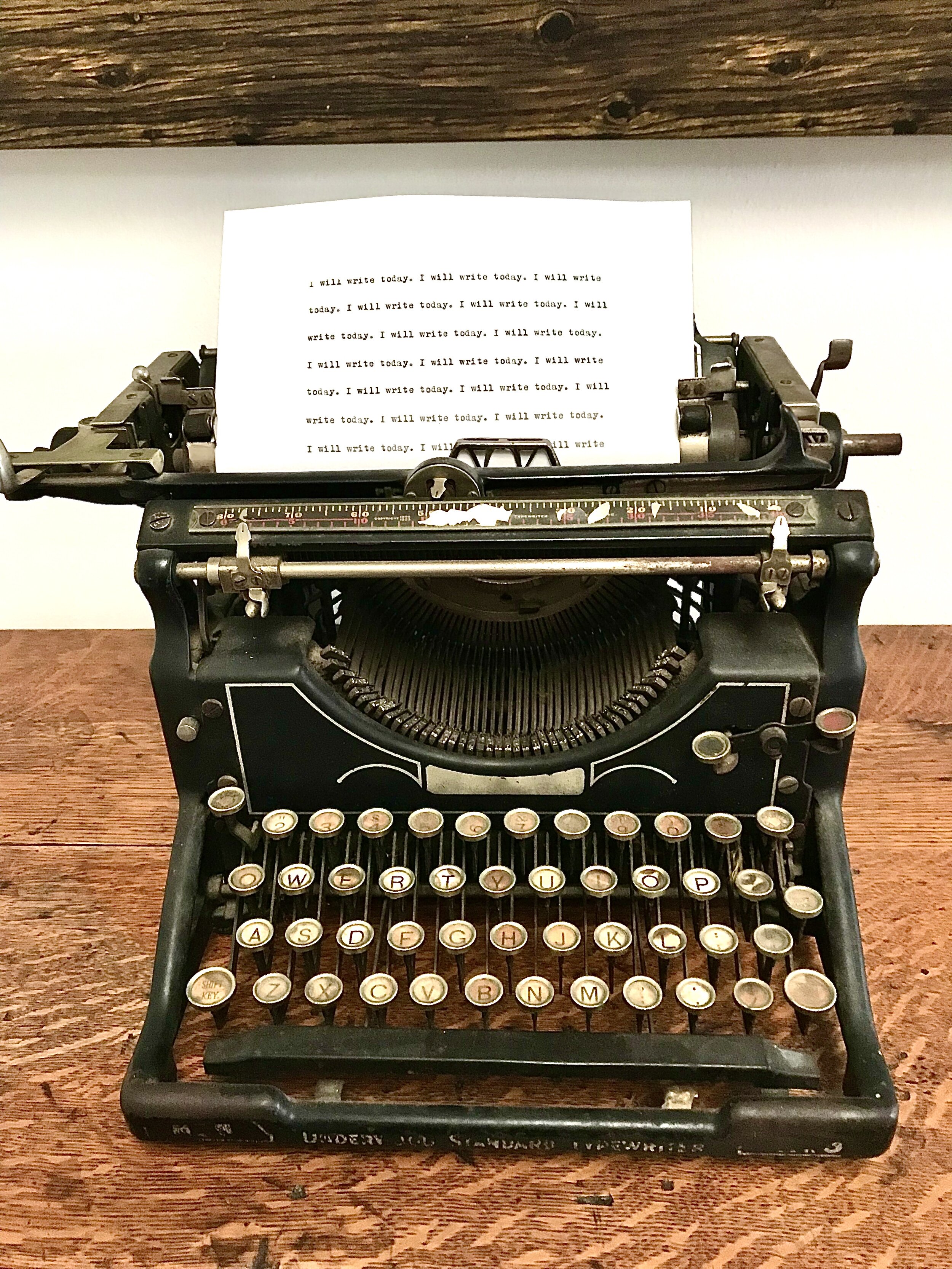
You wrote a manuscript.
Now let’s make it a book.
Copyediting
A copyedit is a publishing industry standard designed to eliminate typos, inconsistencies, and other errors that distract readers. This is no basic spell-checking exercise. Above and beyond the technical fixes, a good copyeditor appreciates both the author’s style and the reader’s desire for clarity, bringing it all together so that nothing stands in the way of telling the best story possible.
If you’ve completed all the revisions to your manuscript and it’s time to prepare it for publication or to submit to literary agents, you’re ready for a copyedit.
My approach is pretty simple: I look for typos, punctuation, grammar, and all the other standard copyediting issues, but I also keep a close eye out for inconsistencies in the timeline, word usage, unusual spellings, etc. And I’ll also call out anything that seems confusing or that otherwise might distract the reader and pull him/her out of the narrative. This is the last line of defense against errors big and small, and I’ll flag anything that seems suspect.
Per the industry standard, I follow the guidelines laid out by the most up-to-date editions of the Chicago Manual of Style and Merriam-Webster’s dictionary.
In addition to marking up the manuscript using Track Changes in a Word document, I’ll also create a style sheet to keep track of words that aren’t in the dictionary, character names, and other style choices, so that we can apply them consistently throughout.
Proofreading
After your manuscript has been copyedited and then formatted for publication according to its interior design, a final proofread serves as the last chance to catch any errors that slipped through the cracks or were introduced after the copyedit, such as bad line breaks or new typos the author made while addressing the copyeditor’s comments.